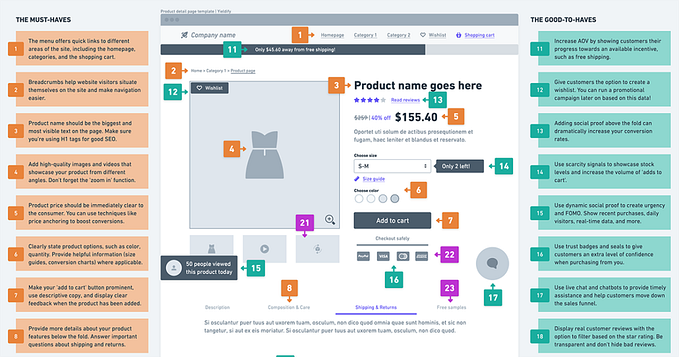eCommerce Accessibility
A series of articles that will focus on the specific technical aspects of eCommerce accessibility

Accessibility in any context means access. Providing accessibility is the practice of ensuring there are no barriers that will stop anyone — regardless of disability or need — from accessing, interacting, using and benefiting from something.
COVID-19 has forced many businesses make digital transformations and move to a faceless operation. It might involve a new operational model or changes in the current operation like Curb Side Pickup.
Done properly this could be a great opportunity to reduce the access gap for many that require digital interactions to access information / products.
eCommerce allows products from every corner in the world to get to your door step even when we have been, one way or the other, forced to stay at home. From big food chains to small business owners have had the need to move to sell their products online.
Now consider he following scenarios: what if you were not able to operate (interact) with a website where you get your groceries? What if you can’t drive for In-Store Pickup? What if you arrive at the store and they asked you to call a phone number, but you're unable to? Couldn't they provide other means of communication (email, SMS)? What if you can’t open the package you received, say a box or plastic wrapping?
In our current times, where we are facing a world where external interaction is limited, it's extremely hard to ask for help to anyone outside of your "bubble". If we don't consider solutions that can be accessed by anyone we're creating a barrier. eCommerce, like any other business should be thought from beginning to end. It's not only in the ordering process where barriers are being created, it's also in the supply chain and the post purchase customer interaction. This goes against Human Rights.
The aim of human rights law is to foster a society in which there are no impediments to the full and free participation of all people in the economic, social, political, and cultural life of our communities. This requires genuine inclusiveness on the part of businesses, employers, service providers, and others.
Technical documentation
Even when websites with more accessibility complains are in eCommerce, there's a lack of technical documentation on how to make them accessible. I'm not referring to WCAG or ARIA detailed documentation, they are excellent sources of knowledge.
I'm referring to the details anyone working in accessibility website should know. How should the "Buy Now" button be structured? how should products be listed in a product listing page ?what are the best practices for search boxes? should we use carousels? is quick view recommended? what at the considerations to create a colour picker?
Doing a quick search online for the term “eCommerce Accessibility” will return “Top 7 (or 10) common tips to make your website accesible”
Unfortunately they are not eCommerce specific, they can be applied to any website (blog, personal page, newspaper, etc.). There doesn’t seem to be detailed descriptions about the technical needs a eCommerce faces.
eCommerce Accessibility is no different than any other, but the beauty of eCommerce is that most websites (not to say all of them) are comprehended in a typical defined set of pages:
- Home
- Product listing page
- Product detail page
- Shopping cart
- Checkout
- Order Summary
These are the most common ones, there are other pages that constitute an eCommerce website like: store locator, store detail page, order review, login, my account, content pages, and many more.
Each one has unique content, components and specific accessibility needs.
Closing the gap
I don’t claim to be the absolute expert in the matter, but I have learned a few things during my road in Accessibility. I have set a personal goal to write a series of articles that will focus on the specific technical aspects of eCommerce accessibility. To help close the lack of technical documentation and share my findings and passion in the topic.
The intended audience for this series of articles are: developers, designers, testers and anyone with interested in accessibility.
Feel free to drop me a message in the comments or reach out to me in Twitter https://twitter.com/HecOsborneRod









